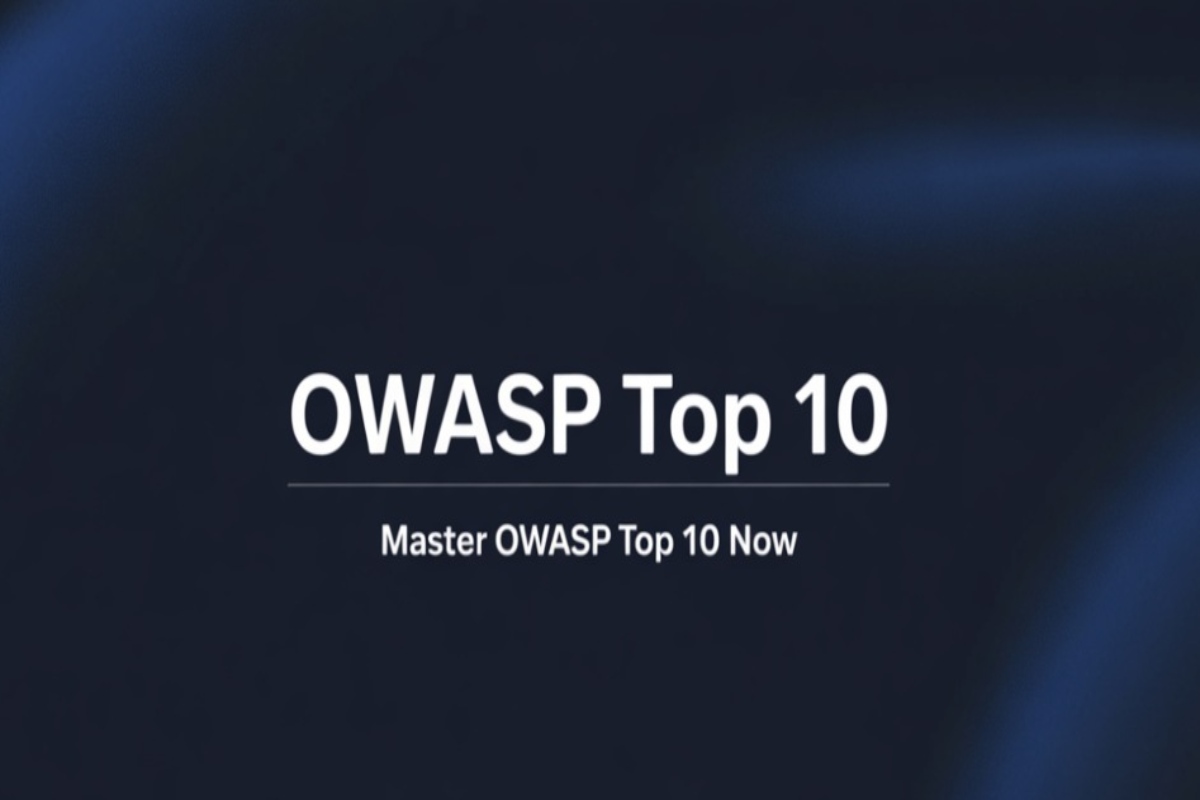In the dynamic world of software development, ensuring application security isn’t just about checking boxes or following the most common guidelines. While the OWASP Top 10 has long served as a trusted starting point, relying solely on it can leave dangerous gaps in your security posture. As modern applications grow more complex and attackers evolve their tactics, the need for deeper, broader, and more proactive approaches has never been more critical.
Understanding why the OWASP Top 10 is not enough for comprehensive application security will empower both developers and cybersecurity professionals to anticipate threats, reduce vulnerabilities, and build more resilient digital products. In this article, we explore the real limitations of the OWASP Top 10, the emerging risks it doesn’t fully address, and what you can do to strengthen your defense beyond it.
The Purpose and Power of the OWASP Top 10
Before we explore the limitations, it’s essential to understand the strengths of the OWASP Top 10. Created by the Open Worldwide Application Security Project, the list is updated every few years to highlight the most widespread and impactful security risks affecting web applications. It educates developers, auditors, and stakeholders on common issues such as SQL injection, broken authentication, security misconfigurations, and more.
Many organizations adopt the OWASP Top 10 as a benchmark for secure development practices, and good reason: it condenses key risks into a digestible format. It serves as an effective onboarding tool for new security professionals.
However, here lies the problem: treating it as a comprehensive solution rather than a foundational reference.
The Gaps in the OWASP Top 10: What It Misses
1. Evolving Threat Landscapes and Emerging Vulnerabilities
The OWASP Top 10 is only revised every few years, but cyber threats evolve continuously. By the time a new version is released, several new attack vectors may already be causing havoc in production environments. Examples include:
- Dependency Confusion Attacks: Exploiting package managers and third-party dependencies.
- Cloud Misconfiguration: Increasingly common in cloud-native environments, yet not emphasized in the OWASP Top 10.
- Business Logic Flaws: Attackers target the flow and function of applications rather than their code vulnerabilities.
By focusing exclusively on known vulnerabilities, the OWASP Top 10 doesn’t prepare teams for emerging risks.
2. Lack of Depth in Secure Coding Practices
While the list tells you what to avoid, it doesn’t show you how to build securely. It lacks detailed guidance on topics like:
- Input validation and context-aware output encoding.
- Secure session and cookie handling across web and mobile platforms.
- Safe encryption and cryptographic storage practices.
For development teams, this often results in patchwork solutions or over-reliance on security tools without a proper understanding of secure development principles.
3. Overlooking Mobile, IoT, and API-Specific Threats
Modern software architecture has expanded beyond traditional web apps. Today, APIs, mobile apps, IoT devices, and serverless architectures dominate the landscape. These systems face:
- OAuth/OpenID misconfigurations
- Token leakage across devices
- API abuse and endpoint enumeration
The OWASP Top 10’s web-focused approach doesn’t fully address these vectors, leaving gaps for attackers to exploit.
4. The Human Element in Secure Development
Security is not only technical; it’s cultural. The OWASP Top 10 lacks emphasis on:
- Educating developers and product teams in threat modeling.
- Conducting secure code reviews is a shared responsibility.
- Encouraging collaboration between DevOps, QA, and security teams.
Proper security comes from empowering teams to build a security-first mindset across the software lifecycle.
Real-World Risks Beyond the List

Let’s look at a few examples where real-world vulnerabilities escaped the radar of the OWASP Top 10 but had severe consequences:
- SolarWinds Supply Chain Attack: Hackers inserted malware into a legitimate software update, impacting thousands of organizations. No OWASP Top 10 item directly addresses the security of build and deployment pipelines.
- Log4Shell (Log4j vulnerability): A critical flaw in a widely used Java library, enabling remote code execution. Though related to input handling, the nuance of this type of risk goes beyond OWASP’s general categories.
These incidents prove the need to extend our security awareness beyond checklists and into deeper threat analysis.
Secure Development Requires a Holistic Approach
1. Threat Modeling as a Strategic Tool
Every secure development process should begin with threat modeling. This involves proactively identifying potential threats to an application’s architecture, data flow, and business logic.
Rather than reacting to known vulnerabilities, threat modeling helps teams:
- Think like attackers.
- Consider worst-case scenarios.
- Build security controls into the design itself.
2. Source Code Review as a Training Ground
One of the most practical ways to learn real-world application security is through structured code review. Whether you’re a pentester looking to understand logic flaws or a developer building defensive skills, reviewing code provides deep insight.
You can improve these skills by practicing on interactive, hands-on scenarios available in platforms like AppSecMaster’s secure coding challenges, where you’re challenged to spot and fix vulnerabilities in real code.
3. Security in CI/CD and DevOps
Automation is essential, but it shouldn’t sacrifice security. Secure DevOps (DevSecOps) ensures that security is embedded into every stage of the development pipeline.
Key practices include:
- Integrating static and dynamic analysis tools.
- Enforce secrets management and environment segregation.
- Implementing access controls across pipelines and repositories.
4. Continuous Learning and Community Engagement
Security is not a one-time learning goal. Developers and cybersecurity teams should stay sharp by:
- Participating in Capture the Flag (CTF) competitions.
- Subscribing to vulnerability feeds.
- Contributing to open-source security tools.
- Reviewing AppSecMaster’s leaderboard to benchmark and challenge themselves against peers.
Shifting Left: Embedding Security Early and Often
One of the most effective modern security strategies is “shifting left” — moving security checks earlier in the development cycle. This reduces costs, saves time, and helps catch vulnerabilities before they reach production.
Shifting left means:
- Running security scans during the coding phase.
- Conducting peer reviews focused on security.
- Including security stories in agile sprints.
It turns reactive security into proactive prevention.
Empowering Developers and Teams with Security Ownership
Security isn’t just the responsibility of the security team anymore. In high-performing teams, developers take ownership of security by:
- Understanding how their code can be exploited.
- Writing unit tests to validate security behaviors.
- Asking security-focused questions during design reviews.
Organizations that foster this mindset build resilient systems faster and more reliably.
How to Build a Post-OWASP Security Strategy

If you want to go beyond OWASP Top 10, consider building your security roadmap around these pillars:
1. Customized Security Standards
Create policies and coding guidelines tailored to your stack, architecture, and risk profile.
2. Security Education Programs
Run workshops, lunch-and-learns, and certifications that teach both theory and hands-on security skills.
3. Security Champions
Assign dedicated developers as security advocates within each product team. They act as bridges between developers and security experts.
4. Incident Response Planning
Prepare teams to detect, respond to, and recover from security incidents quickly. Practice through simulations.
5. Red Teaming and Bug Bounty Programs
Allow ethical hackers to test your applications in controlled environments, uncovering gaps you didn’t know existed.
Conclusion
The OWASP Top 10 remains a critical part of application security education. But as threats become more advanced and architectures grow more complex, it can’t be the only tool in your toolkit. Achieving real-world security requires continuous learning, hands-on experience, collaboration, and forward-thinking strategies that go beyond the basics.
For developers and security pros aiming to grow beyond checklists and build truly secure applications, platforms like AppSecMaster provide a place to learn, test, and sharpen skills through realistic challenges that simulate today’s evolving threat landscape.
Security isn’t static, and your approach shouldn’t be either. Expand your expertise, build better habits, and stay one step ahead.
Ready to move beyond the basics?
Explore hands-on secure coding challenges that help you grow faster and smarter in your application security journey. Join the AppSecMaster community today.
FAQs (Frequently Asked Questions)
What are the limitations of relying only on the OWASP Top 10?
The OWASP Top 10 covers the most common security vulnerabilities, but it doesn’t address deeper issues like business logic flaws, modern cloud threats, or secure coding practices across emerging tech stacks.
How does secure coding go beyond the OWASP Top 10?
Secure coding involves building security into the software from the start—covering input validation, error handling, and encryption—not just fixing known OWASP risks post-development.
Why should developers focus on continuous security training?
Ongoing security education helps developers stay updated on evolving threats, such as supply chain attacks and insecure APIs, which aren’t always highlighted in static vulnerability lists.
How do cloud-based architectures impact application security?
Cloud environments introduce unique risks like misconfigurations, improper access control, and identity leakage—factors often missing from the OWASP Top 10 but critical to secure deployment.
What is the role of manual code review in modern AppSec?
Manual code reviews uncover logic flaws, insecure patterns, and business-specific threats that automated scanners and OWASP-focused tools may overlook, making them vital for full-stack security.

